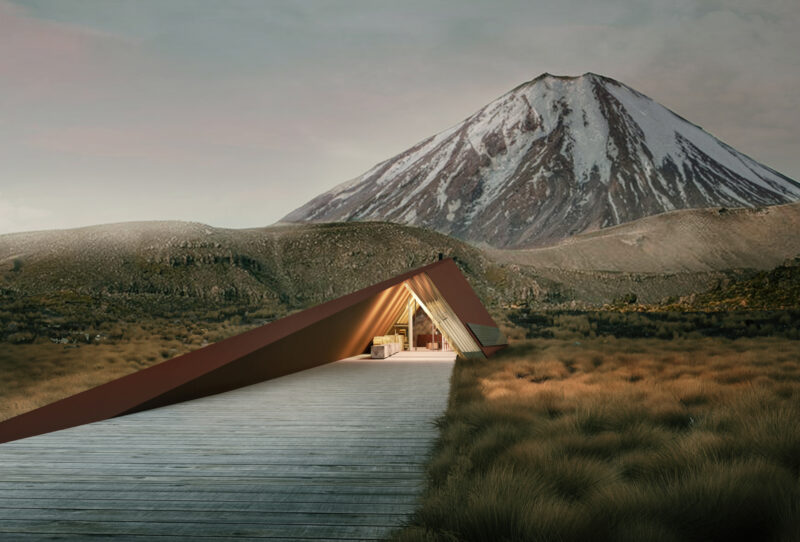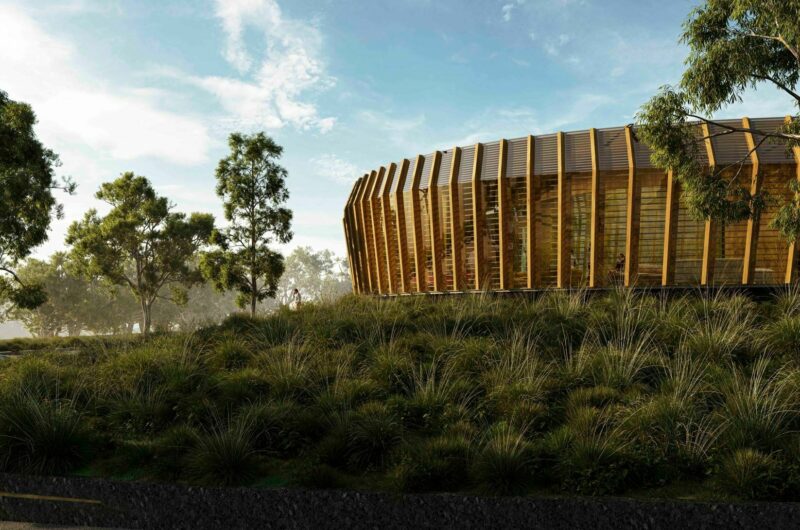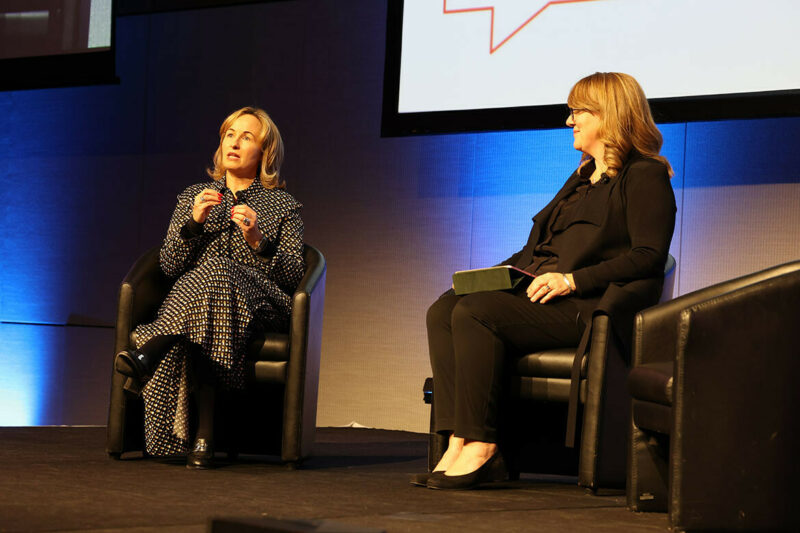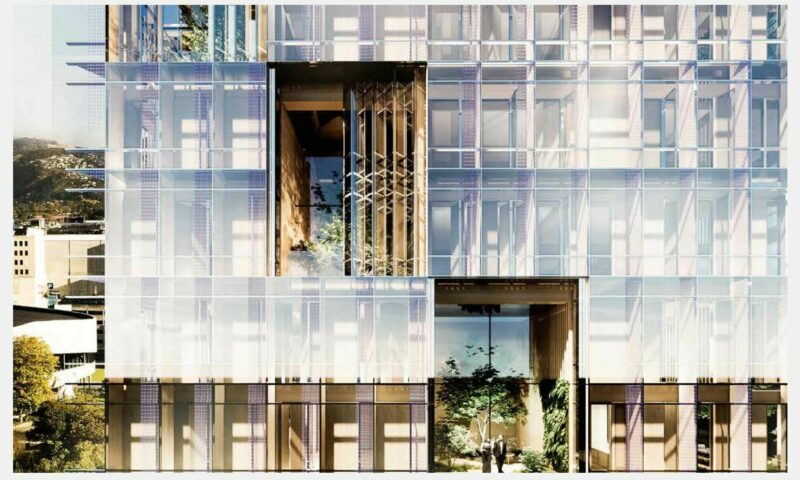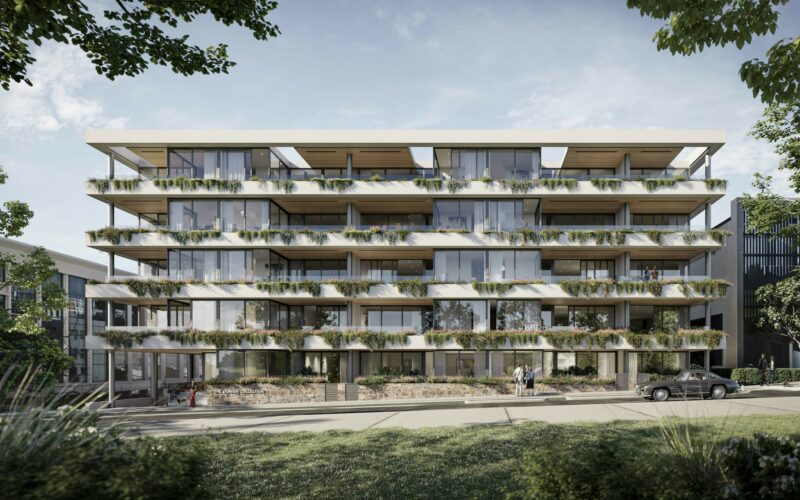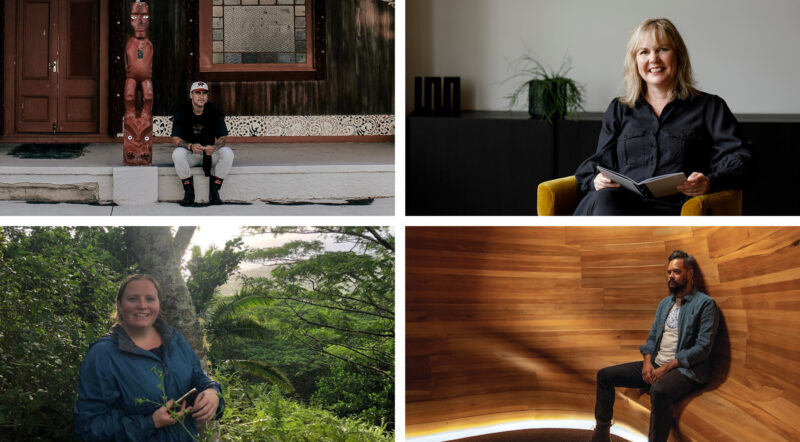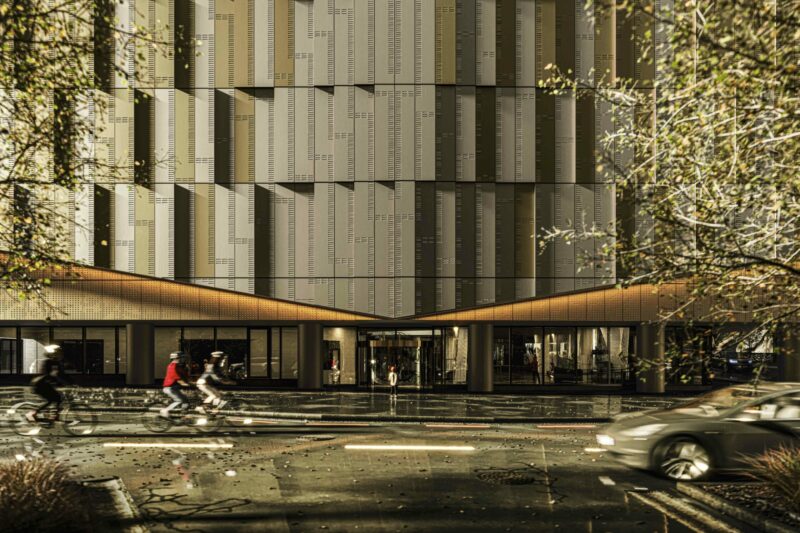We recently hosted Timber Round Table sessions across our studios, to share international insights and unite as a sector to help unlock the full potential of timber in construction in New Zealand. As we know, now is the time we must commit to reducing embodied carbon in our buildings. To assist with this, we’ve provided a summary of key themes that emerged from the conversations to hopefully accelerate change.
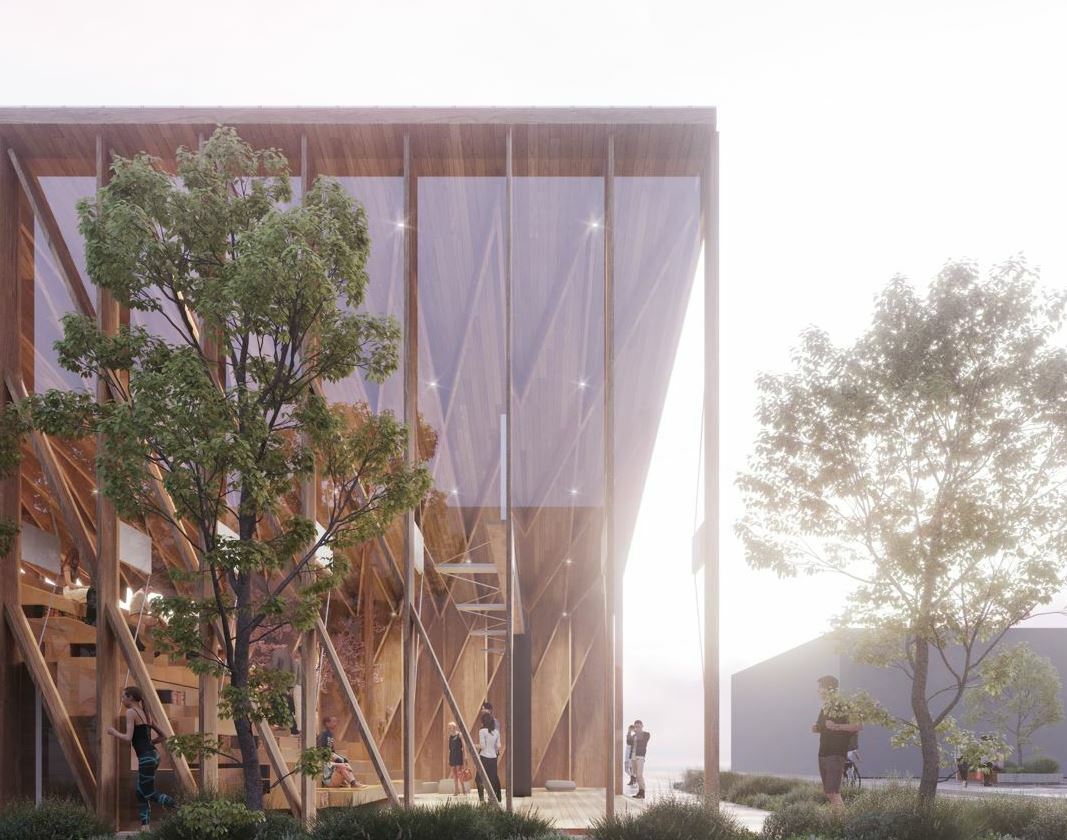
1. Allowing extra time for procurement
In response to sustained increase in demand, New Zealand mass timber suppliers are in the process of increasing production capacity. But with limited onshore production currently, there remains justifiable concerns around navigating long lead times to secure production slots on time and on budget. Unlocking the chicken and egg, supply and demand equation will remain, for the short term at least, a frustrating procurement challenge for clients and design teams to unlock.
It's therefore critical to be tackling the supply issues early. Design teams and clients need to put options on the table as early as possible and work with suppliers to lock in rates and indicative production slots. Working with a traditional procurement process simply doesn't work, and the advice suppliers can provide to teams throughout the design process will be invaluable, so time needs to be built into the process to allow for this.
For the time being at least, the reality is that both Glulam and Cross Laminated Timber from Australia and Europe remain cheaper than the local market. If we are to rapidly expand the footprint of mass timber projects in New Zealand, offshore supply should be considered a viable option. There are challenges in this procurement strategy, not the least of which is meeting local testing and design standards. But we only need to look to the Australian market that has matured rapidly by navigating these hurdles.
The onshore versus offshore issue remains a heated topic of conversation. Supporting the local industry and minimising carbon miles are clearly front of mind. We must continue to think about sustainability holistically and what our long-term outcome is here - a strong mass timber industry in New Zealand.
Key outtake: Procurement is a challenge, but it isn't prohibitive. Plan to start procurement early while the New Zealand market continues to mature. Look locally and globally to build procurement resilience.
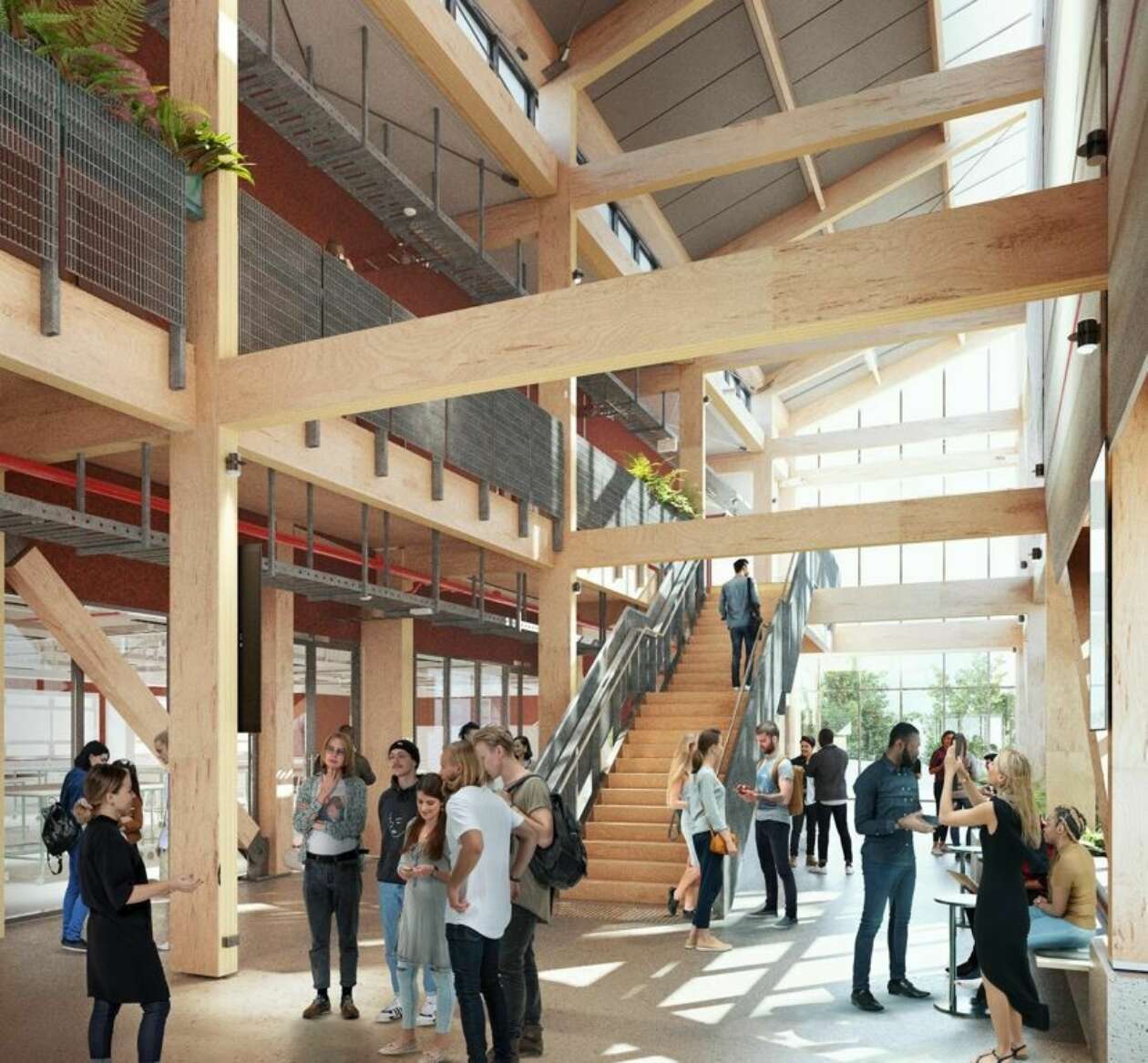
2. Allow for developing industry standards
As a relatively young market, the New Zealand mass timber regulatory framework remains one of the key frustrations for project teams. But we've just got to get on with it.
In more established overseas markets, testing and research has unlocked the challenges and set a clear framework. Local Territorial Authorities are still forming their position on several aspects of mass timber design, including treatment, fire and acoustics.
It will take investment, research and design thinking to bridge the gap and some clear guidance on what is deemed acceptable and best-practice solutions.
However, there is some positive progress in play with the new timber code enabling engineers to design seismic connections more seamlessly. Fire testing is also happening on a daily basis to plug in the gaps. Other regulatory initiatives that will hopefully accelerate the uptake of mass timber include:
- Building for Climate Change
- Procurement Guide for Government Agencies
- Green Star and Home Star requirements for Government buildings
- Te Uru Rakau Industry Transformation Plan
- Establishment of New Zealand’s Timber Design Centre
In this emerging space, you undoubtably need experienced teams at the table - there is little room for learning on the job with mass timber. The specialist design requirements around compliance, seismic, fire, acoustics and 'Design for Manufacture and Assembly' (DFMA) require significant upfront coordination and specialist input.
Key outtake: Scope for regulatory assessment up front. Work with your design partners to gather evidence, and test for everything along the way.
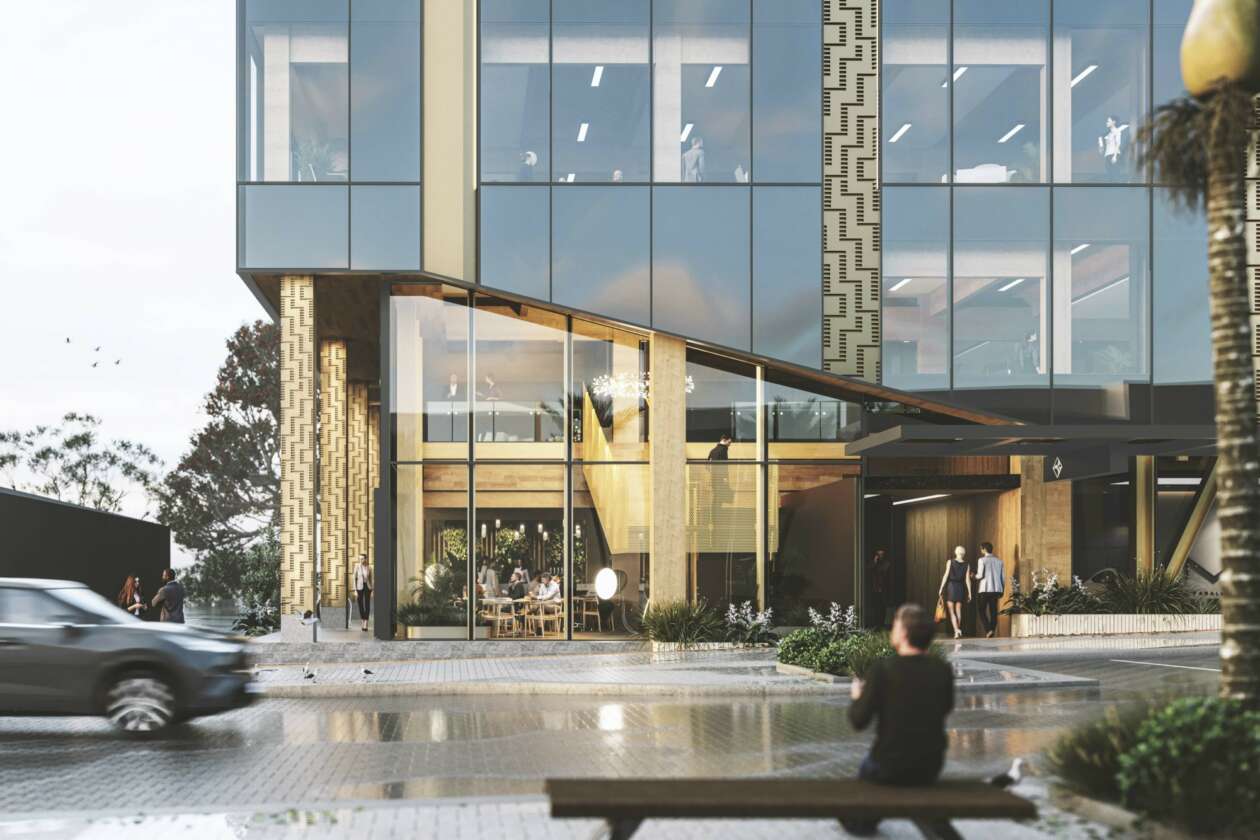
3. Simplifying the design approach to realise efficiencies in construction
To enable us to build confidence across our stakeholders in the mass timber construction market, we need to demonstrate the efficiencies that can be achieved with mass timber construction. Overseas examples are a great way to demonstrate what can be achieved.
One of the most significant costs on our timber projects is the complexities built into the seismic and building junctions, joints and connections. In New Zealand, our seismic requirements have significant impacts on constructability and cost.
The market needs to invest time and effort into making construction efficiencies easily accessible. For example, there would be tremendous value in establishing a standard suite of design elements for 4-6-storey buildings.
As an industry, we have somewhat intrepidly adopted mass timber construction with a bit of unbridled enthusiasm over the last decade. The result has often been falling into the trap of over-complicating our designs, which has had a detrimental effect on quickly arriving at the most efficient connections, constructability and costs for projects. But this isn't rocket science! We need to accept the consequential elegance of the simple assembly of mass timber buildings and approach projects with greater simplicity.
The assembly of mass timber buildings needs to start from first principles. The structural elements need to be considered elementally. A little more like Meccano (for those of us old enough to remember!). Slabs, billets, beams and columns that are simply half-housed, notched, presented up and screwed together will enable contractors to realise programme savings through simplified constructability.
Mass timber adoption in overseas markets has been driven by programme and cost efficiencies. We need to unlock this puzzle In New Zealand.
Key outtake: Drive innovation through adoption, not complexity. Reset the design approach to one of form following function. Think quality over complexity.
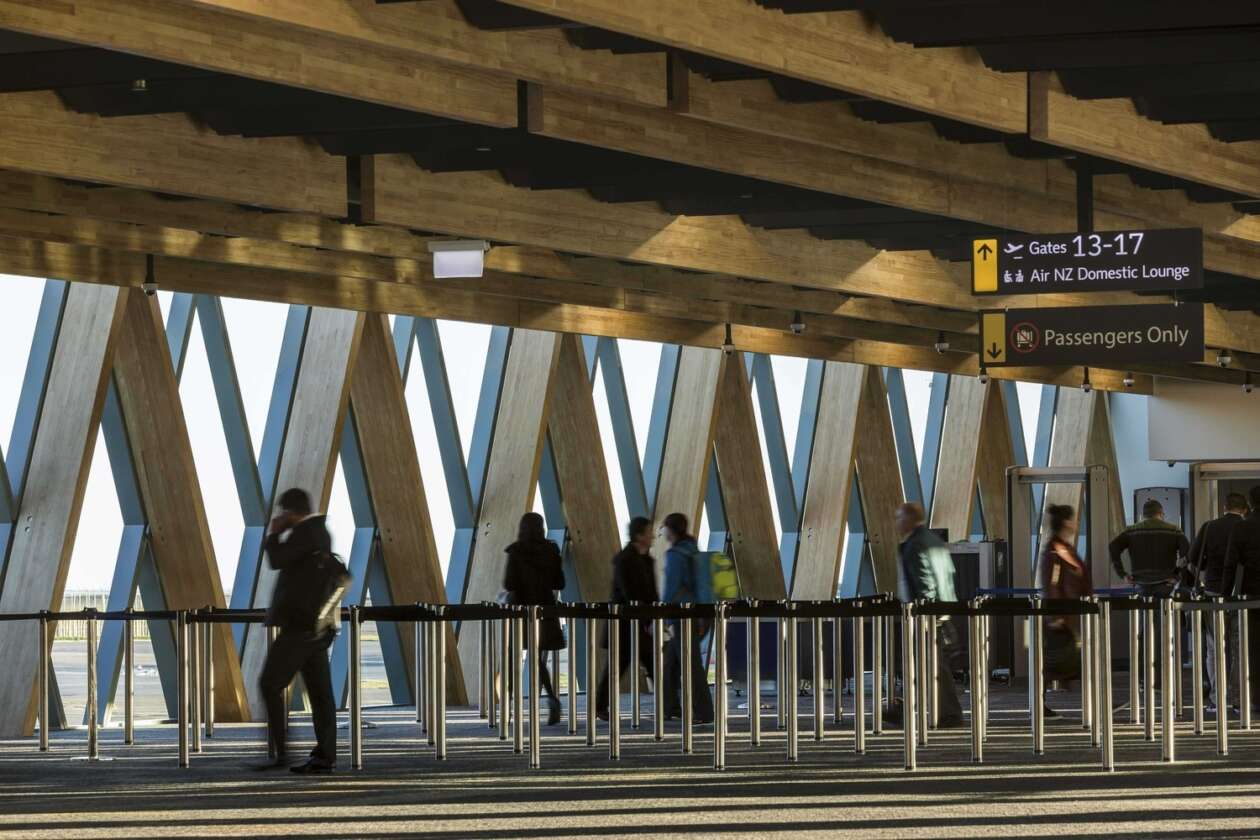
4. Look to future trends
We are just beginning our journey and must continue examining and exploring key trends to ultimately lower our embodied carbon. There is inspiration globally that can assist us in overcoming these challenges. Kiwis are renowned for innovation, so there's no reason why we can't quickly move to become leaders in this space ourselves.
Examples of other overseas trends we should keep an eye on include:
- Standardisation of design elements with institutional investment in this space
- Automated design – with timber being well suited to modular and computational planning
- RFPs from Government and progressive organisations explicitly specifying timber or Zero Carbon solutions
- The value of reduced embodied carbon being recognised and considered through value engineering processes
- International codes changing to allow for taller construction within the legislative framework
- Big industry players investing in timber and providing more vertical integration in the supply chains
Key outtake: We are just scratching the surface in terms of the potential for timber to transform our built environment. And a lack of aspiration should not be a rate-limiting factor in terms of adoption. As an industry, we will collectively determine the rate of change here in New Zealand.
To find out more about Warren and Mahoney's Advanced Timber Unit, please visit warrenandmahoney.com/ATU



